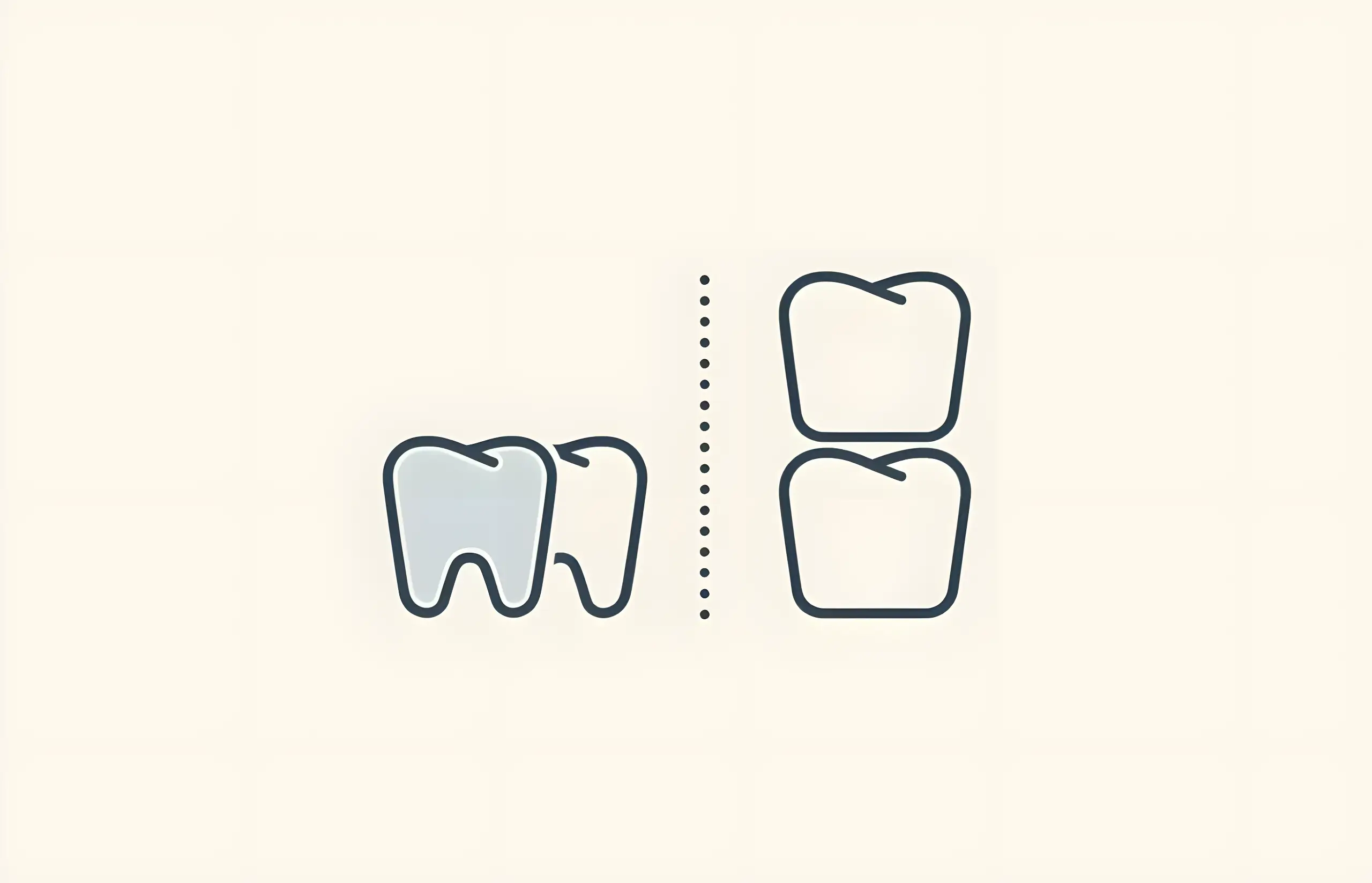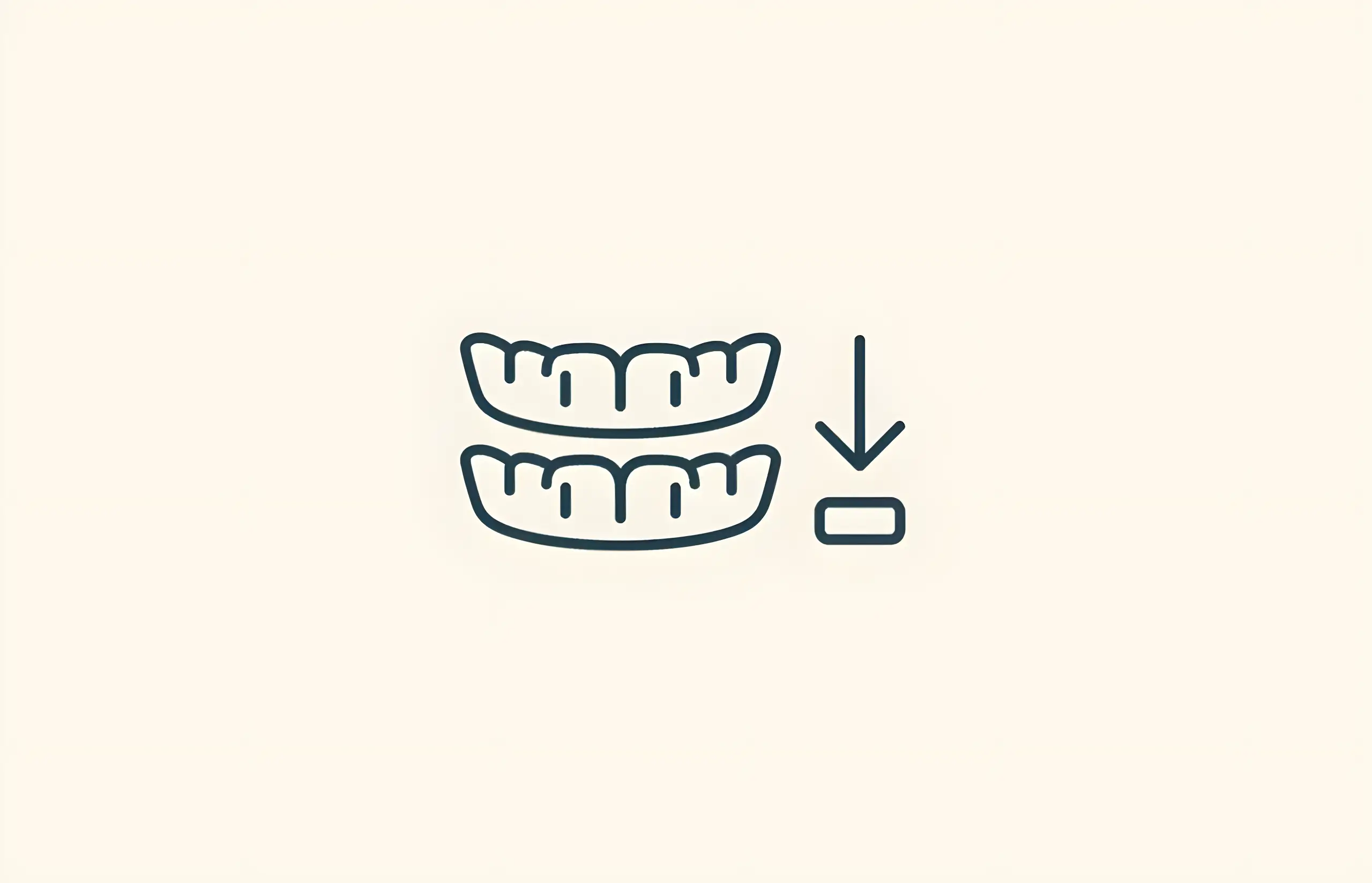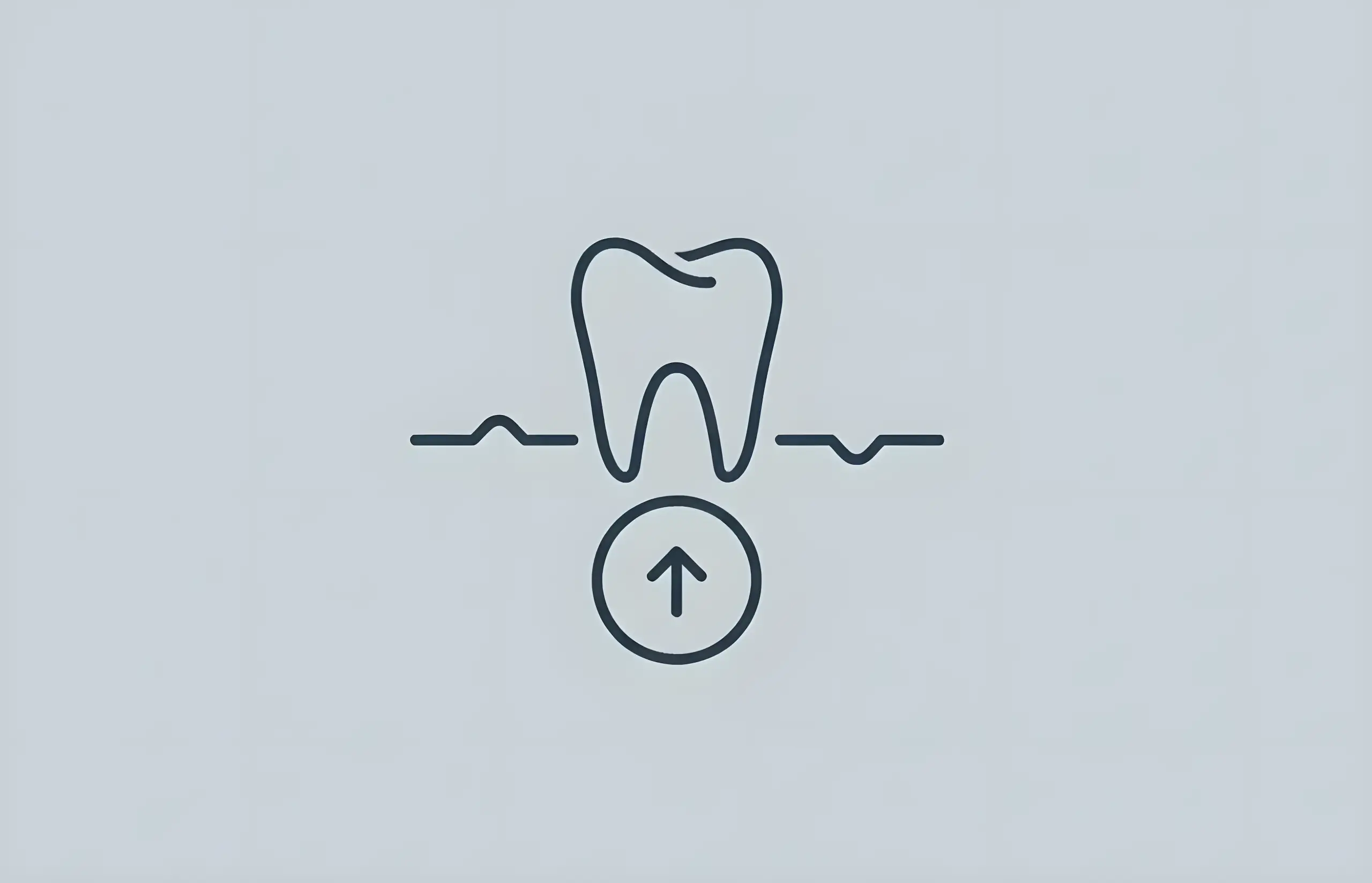Like all veneers, composite resin veneers are used to improve the overall appearance of teeth by changing the shape and colour of individual teeth. While porcelain veneers are used to be transformative to a person's overall smile, composites can also be used to fix minor issues such as chipped or cracked teeth.
While other types of veneer can require multiple visits to the dentist and usually involve some drilling or reshaping of existing teeth, composites usually require little to no tooth reduction during the treatment process. The composite material is usually applied to the outer surface of the tooth and moulded in to shape by the dentist, making it a fairly quick but effective treatment.
Not every cosmetic dentist will offer composite resin veneers, as it requires a great deal of technical skill to apply and shape the composite effectively. It's essentially a combination of science and art, so if the dentist is not confident in their ability to shape the materials they may not offer the treatment. Every smile is different, and it can take many years of experience to craft the materials into the ideal look and feel required from veneers.
What Are Composite Resin Veneers Used For?
Composite veneers are used to treat multiple cosmetic dental issues, including things like stained teeth, crooked teeth, fixing chipped or cracked teeth or to fill in gaps between existing teeth.
While more severe tooth alignment issues may need orthodontic treatments like braces or Invisalign, these treatments are often paired with composite veneers and other cosmetic treatments to help complete the perfect smile.
Staining is a common issue that is resolved by using composites. If the patient cannot be effectively treated with a dental clean and normal teeth whitening, composites may be used to help restore the teeth to a natural whiteness.
Fixing cracks or chips is one of the most common uses for composite, and it's the ideal way of fixing minor damage like acidic erosion or accidental chips. It's a non-invasive and highly affordable way of repairing the damage without extensive dental work.
The treatment is also regularly used to help close small gaps between a person's front teeth. If there are severe alignment issues then orthodontic treatment may be recommended, but composite veneers can work as an alternative to orthodontics or porcelain veneers.
How Long Do Composite Veneers Last?
There are multiple aspects which can affect the length of time composites will last, including:
- How well the patient looks after their teeth
- The type of composite used
- The dietary habits of the patient
Incorporating these factors, the average time they will last is between 3 and 5 years. It's a lot less than you would get from porcelain veneers, however, any repairs or replacements are generally far less expensive and invasive.
The Composite Resin Veneers Procedure
An initial consultation will usually be required to determine if the patient is a suitable candidate for the treatment. This will include the resolution of many outstanding dental issues and ensuring the patient doesn't have any active inflammation or gum disease.
The dentist will then discuss the type of composite to be used and the final desired colour of teeth. If the patient is looking for whiter teeth then a dental clean and teeth whitening will generally be carried out before the veneers. This will allow the dentist to better colour match the veneer to the whiter teeth. If the patient opts for this approach, the teeth whitening process may need to be carried out on a semi-regular basis to maintain the look.
The teeth which are being treated will be dried using a dam and isolated to ensure there is no moisture which can interfere with the application of the bonding material. The dentist will use acid to slightly roughen the surface of the tooth, which allows the resin to stick to the surface of the tooth more effectively.
The dentist will then apply the glue to the prepared teeth, before gradually adding the composite material in multiple layers to the teeth. This process will continue until the dentist is satisfied with the look and shape of the veneer, before the material is polished to complete the treatment.
While composite veneers don't tend to last as long as porcelain and don't have quite the same transformative impact, they can be a great way of transforming a smile for far less of an investment. It's the best way of fixing minor cosmetic damage to teeth, and can be used to fix a wide range of dental issues.
Sources and References
-
[1]
SURVIVAL AND COMPLICATION RATES OF RESIN COMPOSITE LAMINATE VENEERS: A SYSTEMATIC REVIEW AND META-ANALYSISJournal of Esthetic and Restorative Dentistryhttps://pubmed.ncbi.nlm.nih.gov/38035903/
-
[2]
The Success of Dental Veneers According To Preparation Design and Material TypeJournal of Clinical and Experimental Dentistryhttps://www.ncbi.nlm.nih.gov/pmc/articles/PMC6311473/
-
[3]
Smile makeover with direct composite veneers: A two-year follow-up reportJournal of Conservative Dentistryhttps://www.ncbi.nlm.nih.gov/pmc/articles/PMC6076883/
-
[4]
A comparative evaluation of fractural strength and marginal discrepancy of direct composite veneers using four different tooth preparation techniques: An in vitro studyJournal of Conservative Dentistryhttps://pubmed.ncbi.nlm.nih.gov/30804308/
-
[5]
Randomized controlled split-mouth clinical trial of direct laminate veneers with two micro-hybrid resin compositesJournal of Dentistryhttps://pubmed.ncbi.nlm.nih.gov/23534025/
All sources accessed and verified on . Medical information reviewed for accuracy and compliance with current guidelines.
Related Articles

Choosing the Best Toothpaste for Veneers
Comprehensive guide to selecting toothpaste for veneers, understanding RDA values, avoiding abrasive ingredients, surface roughness concerns, and proper oral care techniques

Can Temporary Veneers Cause Pain?
Complete guide to temporary veneers including why they may cause discomfort, the procedure involved, preventive measures, and what to eat while wearing them

Can You Whiten Veneers?
Comprehensive guide to veneer whitening, why porcelain veneers resist bleaching, stain removal options, color matching strategies, and maintenance tips

Should You Get Crowns or Veneers for Your Front Teeth?
Comprehensive guide comparing dental crowns and veneers for front teeth, including materials, uses, preparation requirements, longevity, and cost considerations

Should You Get Crowns or Veneers?
Comprehensive guide to choosing between dental crowns and veneers, including clinical indications, contraindications, insurance coverage, and decision criteria for optimal treatment outcomes

Dental Veneers – Before and After Pictures
Comprehensive guide to dental veneers transformation results, patient satisfaction rates, aesthetic outcomes, smile makeover success, and clinical evidence from before and after studies

Do It Yourself Veneers – Removable Veneers For Your Teeth
Comprehensive guide to DIY removable veneers (snap-on, clip-on veneers) including costs, risks, user satisfaction rates, safety concerns, and comparison with permanent dental veneers

Do Temporary Veneers Look Bad?
Complete guide to temporary veneer appearance, materials (PMMA, bis-acryl), aesthetic outcomes, patient satisfaction, complications, and what to expect during the provisional phase

Eating With Veneers
Complete guide to dietary considerations with veneers including foods to avoid, staining resistance (coffee most problematic), fracture risk, care tips, and maintaining your investment

Instant Veneers – Costs and Information
Complete guide to instant veneers including prefabricated composite veneers, how they work, costs, and comparison with traditional porcelain veneers

How Much do Lumineers for Teeth Cost?
Comprehensive guide to Lumineers costs including pricing factors, no-prep procedure advantages, Lumineers vs traditional veneers, treatment process, longevity, and cost-saving options

Lumineers vs Porcelain Veneers
Comprehensive comparison of Lumineers and traditional porcelain veneers, including differences, costs, longevity, and which option is best for your smile

No Prep Veneers – Costs and Information
Complete guide to no-prep veneers including Lumineers and Vivaneers, covering costs, benefits, who can have them, and how they compare to traditional veneers

Press On Veneers – Costs and Information
Learn about snap-on veneers including costs, how they work, longevity, care instructions, and whether they're a worthwhile alternative to permanent veneers

What To Do If Your Temporary Veneers Are Falling Off
Essential guide to protecting temporary veneers: what they are, foods to avoid, and when to see a dentist if they become loose or fall off

Can You Put Veneers Over Crowns?
Comprehensive guide to placing veneers over crowns, why it's generally not recommended, bonding challenges, crown survival rates, and alternative treatment options

What Can't You Eat with Veneers?
Learn about dietary restrictions for veneers including foods to avoid with temporary and permanent veneers, staining risks, and tips for protecting your investment
About The Dental Guide
The Dental Guide is a trusted online resource providing evidence-based information about dental health, treatments, and procedures. Our content is created and reviewed by qualified dental professionals to help you make informed decisions about your oral health.
Our Mission
- Evidence-based dental information
- Expert-reviewed content
- Clear, accessible explanations
- Latest treatment options
- Patient-focused guidance
Editorial Standards
- GDC-registered dental professionals
- Peer-reviewed sources
- Regular content updates
- Medical accuracy verification
- Transparent authorship
Important Notice
The information on The Dental Guide is for educational purposes only and should not replace professional dental advice. Always consult with a qualified dentist for diagnosis and treatment recommendations tailored to your individual needs and circumstances.
Medically Reviewed
Reviewed by Dr. Nasim Mechoui , BDS (Bristol)
Share this article
Comments & Discussion
Have questions about dental implants? Share your thoughts or experiences.
